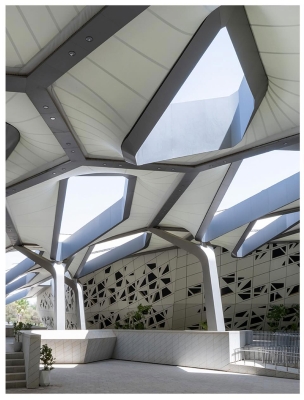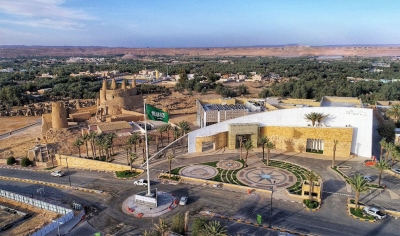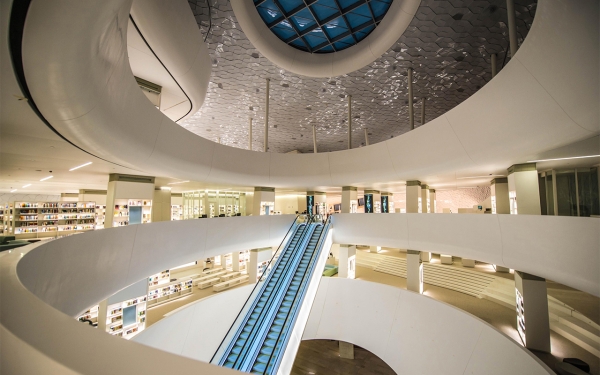
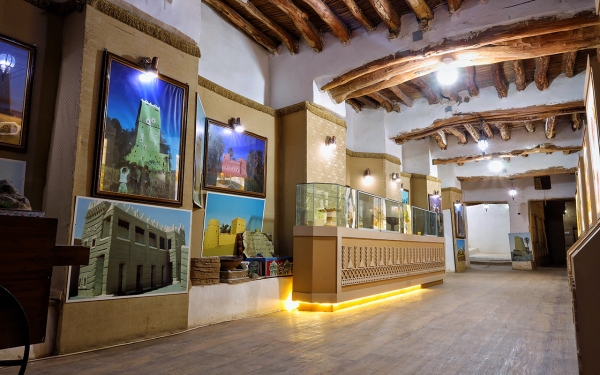
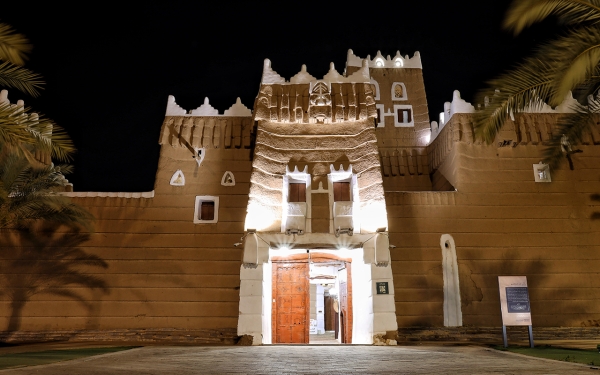
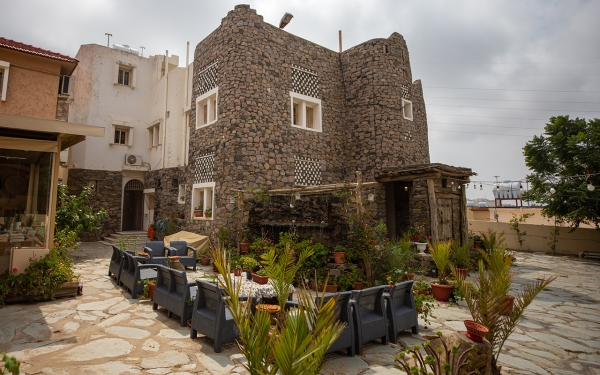
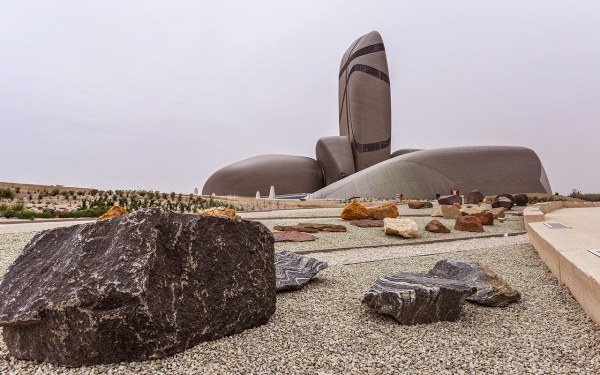
Museums in the Kingdom of Saudi Arabia are specialized entities that gather diverse facets of human cultural heritage spanning the ages within the Kingdom. The interest in museums began with a resolution issued by the Council of Ministers in 1964, approving the establishment of the Antiquities Department affiliated with the Ministry of Knowledge (currently the Ministry of Education), alongside specialized departments dedicated to archaeological activities. The Antiquities and Museums Department began its first tasks in 1976, with the basic works of the antiquities sector. It prioritized the establishment of a national museum to exhibit the archaeological and heritage artifacts in the Kingdom's possession, as well as newly discovered artifacts.
Preserving the museum sector in the Kingdom
The development of the antiquities and museums sector continued, with development plans allocating budgets to preserve heritage and antiquities across all regions of the Kingdom. The Saudi Commission for Tourism and National Heritage (currently the Ministry of Culture) identified natural attraction sites, including 111 museums showcasing various natural, historical, and cultural aspects and features of the Kingdom and comprising forty-nine cultural and heritage museums, thirty-two historical museums, twenty-five science museums, four educational museums, and a museum on military landmarks.
The Ninth Development Plan worked to improve and develop six regional museums in al-Hufuf, Najran, al-Ula, Tayma, al-Jawf, and Sabya. Additionally, it involved the establishment of five new regional museums in Abha, al-Bahah, Tabuk, Dammam, and Hail. Furthermore, the plan included the establishment of five specialized museums: the Camel Museum, the Palm and Dates Museum, the Arabian Horse Museum, the Folk Costumes and Jewelry Museum, and the Falcons Museum.
Preservation of museums began with the implementation of the first five-year plan for the development of the antiquities and museums sector in 2007. In 2008, the antiquities and museums sector were transferred from the Ministry of Education to the Saudi Commission for Tourism and National Heritage (currently the Ministry of Culture). This transition facilitated the development of numerous museums through the expansion and enhancement of their exhibitions, alongside the development of a plan to establish new regional and specialized museums.
Regulations continued to support the preservation of antiquities, and in 2003, a royal decree was issued stipulating the transfer of the Antiquities and Museums Agency from the Ministry of Education to the Supreme Commission for Tourism. This move aimed at the time to prepare a strategic vision for the antiquities sector to develop, preserve, protect, introduce, and highlight archaeological and historical heritage.
There was another expansion in the preservation of museums with the issuance of the royal order in 2014, approving the Custodian of the Two Holy Mosques Program to Preserve the Kingom's Cultural Heritage. This is currently being implemented as part of the important initiatives of the Saudi Vision 2030 with more than SAR5 billion, including the establishment of eighteen museums in the Kingdom's regions.
The Antiquities and Museums Law in the Kingdom
With the growth in exploration and excavation work and the emergence of more antiquities, both fixed and movable have become subject to the Antiquities Law issued by royal decree since 1972. Subsequently, the Saudi Commission for Tourism and National Heritage (now the Ministry of Culture) has drafted a new Law of Antiquities, Museums, and Urban Heritage to align with present circumstances. This draft includes stricter penalties to deter encroachments on and theft of antiquities.
Ministry of Culture initiatives in the museum sector
As part of the Ministry of Culture's contribution to realizing the strategic objective of 'enhancing Saudi contributions to the arts and culture', the ministry has launched several initiatives, including an initiative to build and equip cultural assets, targeting nineteen cultural assets including museums and exhibitions. In this context, the ministry announced the establishment of several museums in 2021 as part of the initiative, including the Black Gold Museum, the Red Sea Museum, the Time Lab Museum, and the Diriyah Biennale Museum. Additionally, over two hundred private museums have been licensed, along with the rehabilitation and operation of several others.
In 2020, the Ministry of Culture announced the formation of the Board of Directors of the Museums Commission, working to implement several tasks aimed at advancing the museum sector. These include proposing a strategy for the museum sector aligned with the National Culture Strategy, fostering funding and investment in relevant areas, and recommending standards and measures for the museum sector.
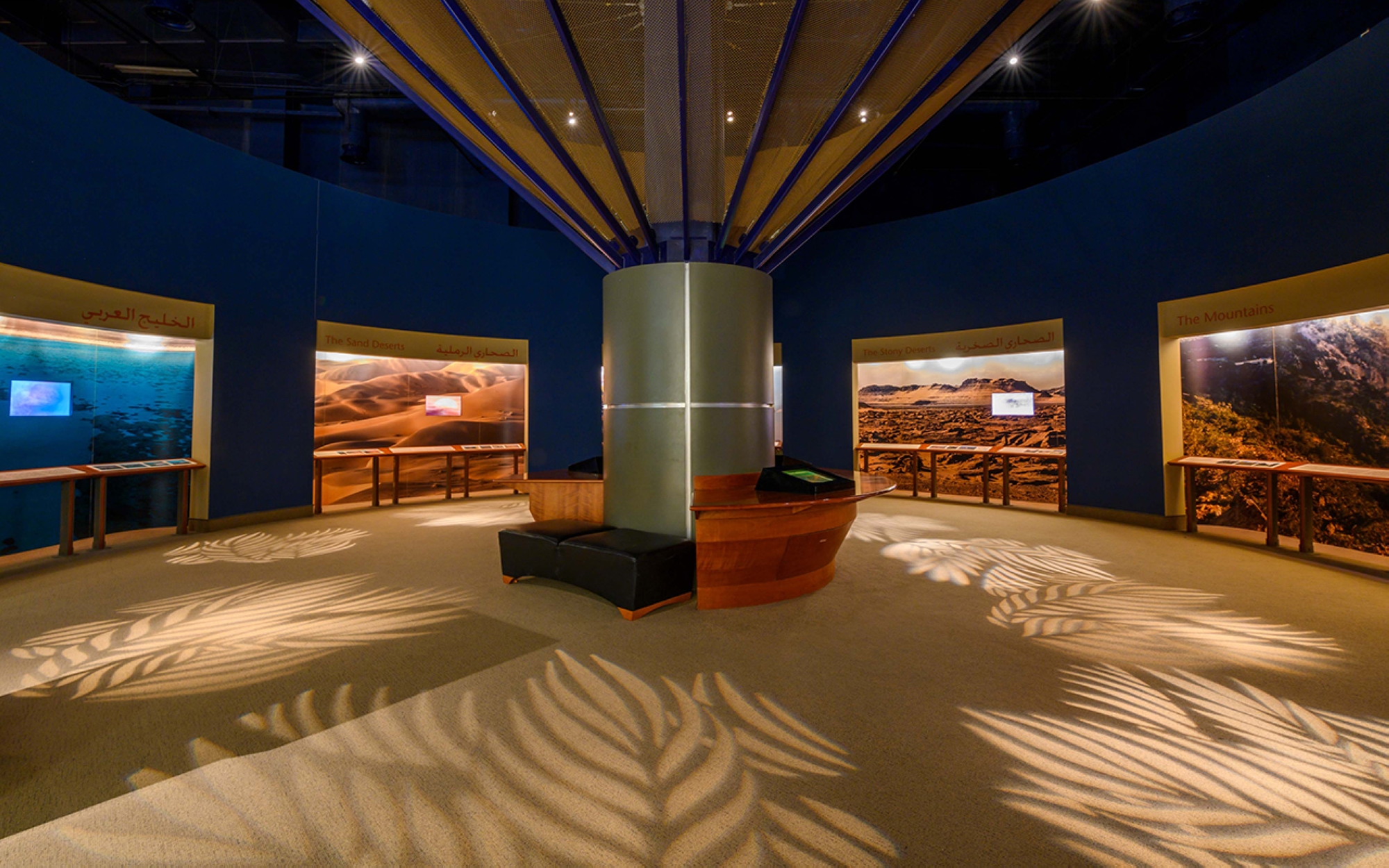
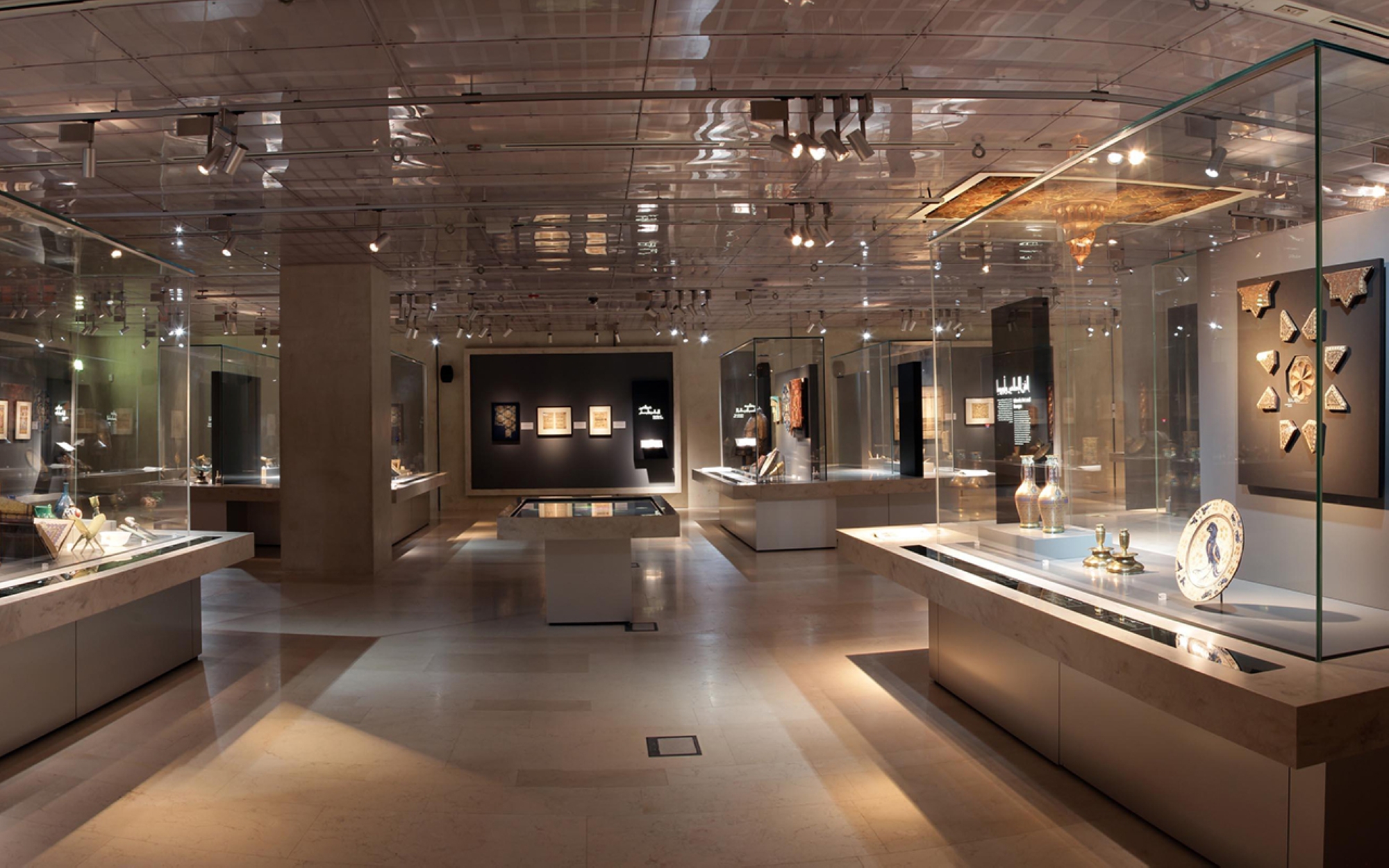
Types of museums in the Kingdom
Public museums
Saudi museums vary in content and location. Leading the array is the 'National Museum,' situated on the eastern side of the King Abdulaziz Historical Center in Riyadh, adjacent to the King Abdulaziz Palace (al-Murabba). Spanning an area of 28,000 m, it showcases 3,700 archaeological and heritage artifacts spread across its eight halls.
Among the major public museums in the Kingdom are the King Abdulaziz Center for World Culture 'Ithra' in Dhahran, the 'Tayebat Museum' in Jeddah, the Prince Sultan Science and Technology Center 'Scitech' Museum in al-Khubar, the 'Dar al-Madinah Museum', and the currently under-construction 'Saudi Museum for Modern Art' in Riyadh.
Private Museums
In addition to public museums, there are also numerous privately owned museums belonging to non-governmental entities or individuals. They contain diverse display materials often dominated by folk heritage artifacts. These museums have an institutional entity represented by the gathering of private museum owners, which works to support them and develop exhibition techniques and security and safety systems.
The number of private museums and collections in the Kingdom is around five hundred, with around 131 licensed museums.
Specialized Museums
The Kingdom's museums include another type of museum: the specialized museums, such as the 'Currency Museum' at the Saudi Central Bank in Riyadh. It houses a collection of historical Islamic and pre-Islamic coins, as well as modern banknotes, along with some of the raw materials used in the production of modern paper and metal currency issues.
Development of the museum sector in the Kingdom
Museum of Happiness
As part of the Quality of Life programs in the museum sector, the first Museum of Happiness in the Kingdom was opened in 2020 on Riyadh Front. It is distinguished by the incorporation of various fictional elements aimed at engaging visitors' senses, marking a new phase in museum innovation and development. In the design of the museum, covering an area of 1,300 m², spaces for relaxation and entertainment, along with engaging programs for visitors, were integrated.
Protection of findings
The Kingdom contains artifacts, rock art, and rock inscriptions dating back to various eras. The Ministry of Culture, represented by the Heritage Commission, emphasizes the study of the discovered stone structures and the preservation of these findings as natural museums reflecting the history of the bygone nations that inhabited the Arabian Peninsula. There are 868 sites, some dating back to the seventh millennium BC.
The Aquarium Museum
Another development in preserving natural wonders in the Kingdom is the 'Aquarium Museum' in Jeddah. It showcases the marvels of marine creatures, boasting over seven thousand marine species encompassing two hundred varieties distributed across 155 ponds. Spanning an area of five thousand m, it includes a range of facilities and halls designed to capture the beauty of the aquatic environment, featuring film screenings and models.
Increasing the number of museums
To preserve the artifacts and cultural heritage of the Kingdom, in 2011, eighteen public museums and ninety-six private museums were registered. In 2012, there were eighteen public museums and 103 private museums. In 2013, the number reached eighteen public museums and 121 private museums. The number increased in 2014 to twenty public museums and 134 private museums, and in 2015, there were twenty-one public museums and 149 private museums. In 2016, the number rose to twenty-two public museums and 170 private museums, and by 2017, the number became twenty public museums and 173 private museums. In 2018, the number became thirty-three public museums and 195 private museums. In 2019, the number of public museums reached about eighty-four, with 217 private museums. The number of visits to the National Museum in Riyadh reached about 130,331 visits.
In 2021, the number of private museums decreased compared to 2020 by approximately thirty museums for two reasons: first, the regulations for issuing licenses, through which the Museums Commission aims to ensure the quality of museums in the Kingdom according to international standards, and second, the impact of the COVID-19 pandemic on private museum owners. The total number of museums reached 304, including 236 private museums, fifty-one public museums, and seventeen university museums. Aseer Province tops in the number of private museums with fifty-one museums and two public museums, while Riyadh Province has the highest count of public museums with nineteen, compared to forty-eight private museums.
Related quizzes
Related articles

